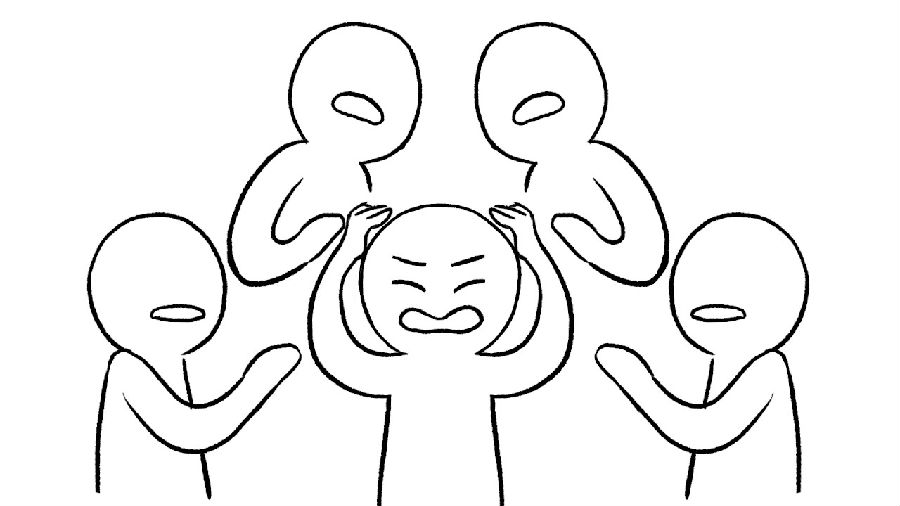
STEPPS also helps friends, family members, and others in a person’s support network understand BPD. It frames BPD as an “emotional intensity disorder” and helps people regulate their emotions and behaviors. STEPPS therapy is is a skills-based group program that people attend alongside other types of therapy.

The therapist helps the person see how they are responding to matters that arise throughout each session, and together, the client and therapist recognize and develop positive alternatives to these behaviors as they occur.

In TFP, therapists draw attention to this unconscious process during sessions to challenge unhelpful patterns of behavior. In psychotherapy, transference occurs when a person projects their own emotions or expectations onto someone else, such as their therapist. However, the number of participants in these studies is often small, so further research is needed. Some pilot studies suggest that group ST has promise as a therapy for BPD. Through ST, a person can develop healthier alternatives to harmful patterns of thinking, feeling, and behaving. ST aims to reshape a person’s schemas by revisiting situations in earlier life that had a negative impact. Proponents of ST believe that events can trigger certain schemas that then lead to the development of unhelpful thoughts and behaviors. They can be affected by a person’s environment and experiences and are closely related to how the person views themselves and the world. Schemas are deeply ingrained patterns of thinking and behavior that form as the brain develops during childhood and adolescence. To better understand the potential benefits of MBT, researchers need to carry out more studies. However, the researchers acknowledge that many of the studies that they analyzed were not of high quality and were possibly biased. It encourages them to step back and assess whether their thoughts and beliefs are useful and realistic.Ī 2019 review found evidence that MBT could be just as effective as other therapies for BPD. MBT teaches people that they may be interpreting the thoughts, feelings, and emotions of others incorrectly. The underlying theory is that difficulty understanding others is the main symptom of BPD and that this prevents the formation of stable relationships. The aim of MBT is to help people with BPD understand their mental states and those of other people. Older studies confirm that DBT helps reduce self-harm and hospitalizations and helps people stay in treatment. It is similar to cognitive behavioral therapy, but DBT focuses more on emotions and relationships.ĭBT usually includes weekly individual therapy, a group training session, homework tasks, and telephone support from the therapist, if needed.Īccording to a 2016 review, DBT is the only empirically supported therapy for BPD. Marsha Linehan developed DBT for people with BPD and suicidal thoughts.

The aim is to teach skills that enhance mindfulness, help tolerate distress, regulate emotions, and manage relationships.Ĭlinical psychologist Dr. DBTĭBT uses individual and group sessions to help people manage difficult emotions. Group sessions can help people with BPD learn to express themselves effectively and improve interpersonal relationships. Also, some therapists offer phone contact between sessions. A person may attend therapy for BPD one-on-one or as part of a therapist-led group session.


 0 kommentar(er)
0 kommentar(er)
